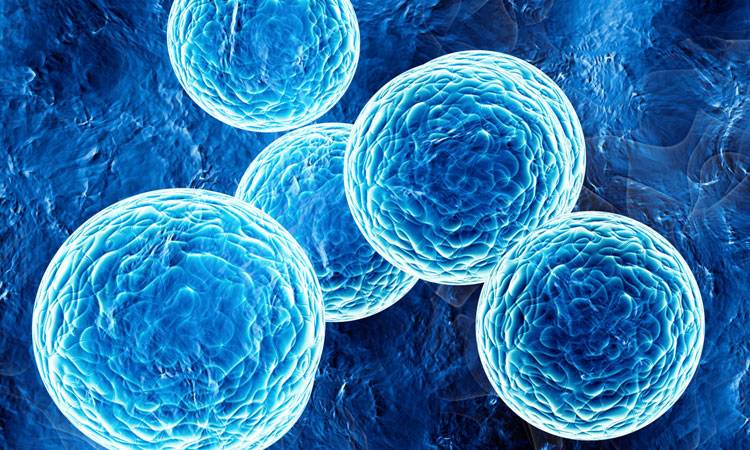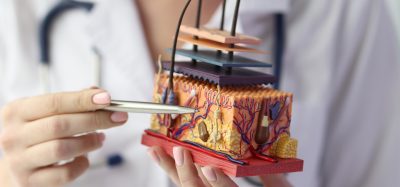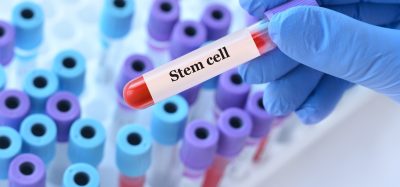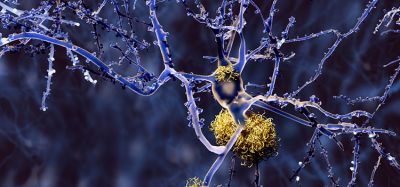Treatment could prevents and treat Chlamydia
Posted: 6 February 2019 | Iqra Farooq (Drug Target Review) | No comments yet
The development of a treatment that prevents and treats Chlamydia uses nanotechnology, and could change the way the disease is treated…


Scientists have developed a method of treating and preventing Chlamydia – one of the most commonly sexually transmitted bacterial infections all over the world.
Researchers at the the University of Waterloo mentioned how this treatment differed from the traditional antibiotic treatment as it leans towards being a type of gene therapy.
The therapy is delivered via nanotechnology, and currently has shown a 65 percent success rate in preventative measures of Chlamydia in a single dose.
Biomarkers aren’t just supporting drug discovery – they’re driving it
FREE market report
From smarter trials to faster insights, this report unpacks the science, strategy and real-world impact behind the next generation of precision therapies.
What you’ll unlock:
- How biomarkers are guiding dose selection and early efficacy decisions in complex trials
- Why multi-omics, liquid biopsy and digital tools are redefining the discovery process
- What makes lab data regulatory-ready and why alignment matters from day one
Explore how biomarkers are shaping early drug development
Access the full report – it’s free!
“As antibiotic resistance continues to develop, people may experience Chlamydia infections that cannot be treated through conventional means, which is causing increasing public health challenges,” said Dr Emmanuel Ho, a Professor at the university’s School of Pharmacy.
“If left untreated or if treatment takes an extended period of time it can lead to infertility and other reproductive issues so finding new ways to treat this common infection is important.
“As the Food and Drug Administration in the United States has recently approved the first siRNA-based drug for market, we’re hopeful this kind of research will be able to be widely available in the future.”
The developed treatment targets the infection by preventing the bacteria from entering cells in the genital tract, and destroys any bacteria able to penetrate a cell wall. The research team used small interfering ribonucleic acid (siRNA) to target the PDGFR-beta gene in the female reproductive tract. This gene creates a protein that binds to the bacterium.
“By targeting PDGFR-beta we’re able to stop the creation of the protein that Chlamydia will use to enter genital tract skin cells,” said Prof Ho. “As a result, an incoming infection has fewer targets to latch onto and infection is less likely to occur.”
Should Chlamydia enter into cells, the developed nano-medicine is designed to activate autophagy. However, alone, siRNA is not able to enter skin cells to reduce PDGFR-beta expression to prevent the binding of the bacterium. The therapy uses a unique nanoparticle, enabling siRNA to enter the cells, reducing the bacterium’s ability to spread.
The study was published in the journal Scientific Reports.
Related topics
Disease Research, Drug Discovery, Drug Targets, Research & Development
Related conditions
Chlamydia
Related organisations
University of Waterloo








